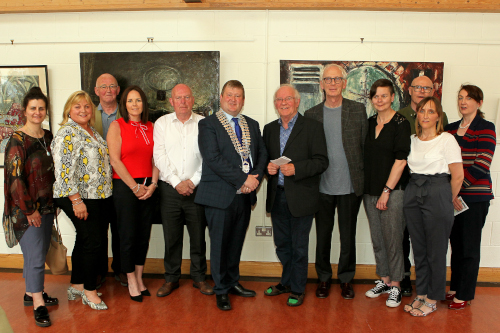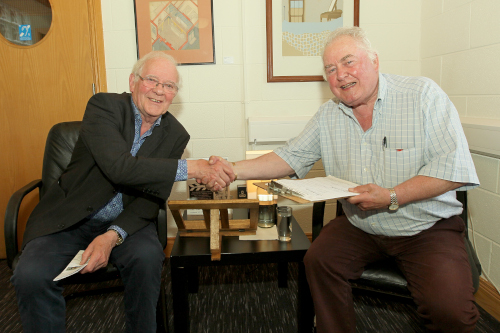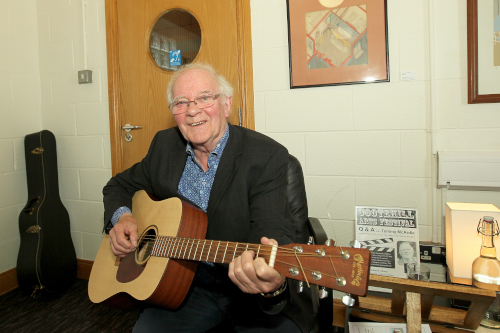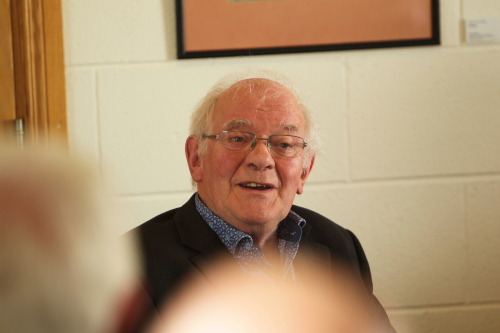The official opened as part of the Cootehill Arts Festival at the Cootehill Library on Wednesday 26 June, was performed by Tommy McArdle the highly regarded County Monaghan twin, actor, director and filmmaker. Tommy McArdle spoke in his address of the value of the artist to a community and their ability to seek honesty and discipline in their artistic endeavours. Cathaoirleach Shane P O Reilly welcomed all present and thanked, in particular Laura Murray, Chair and the Cootehill Arts Festival Committee, the Library staff, the Board and Director, Robbie McDonald of the Tyrone Guthrie Centre and the Arts Office staff who with the support of the Arts Council promote arts development in County Cavan.
The opening was followed by an entertaining ‘in conversation’ with Larry Mc Cluskey and Tommy McArdle where they discussed the work of the artist, being a twin, Patrick Kavanagh and the recent history of amateur theatre in Cavan and Monaghan and the many connections and collaborations that have been borne of this work.
This touring exhibtion continues at Cootehill Library until 27 July. A visual art adult workshop with the artist Michelle Boyle will take place in the library to coincide with the exhibition.
The exhibition will tour to Johnston Central Library, Cavan in August and to Bailieborough Library in the Autumn with tour curator, Joe Keenan.
Essay by Dr Helen Sharp
Interiors/Interior/ɪnˈtɪərɪə/
When we consider the meaning of Interiors, the dictionary provides us with what appears to be the perfect portrait of the ‘big house’ at the Tyrone Guthrie Centre, Annahmakerrig. To be interior is to relate to the inside of something; inner. It is to be inland and it is to relate to a country's internal affairs. At the same time, an interior can exist or take place in the mind or soul. And so it is, within the walls of the big house, there exists within its very soul so many incarnations of the creative heart of Ireland. An exhibition such as Interiors can tease each incarnation out and offer it up as testament to the importance of a such a place.
Aghabog and Killeevan make up the land surrounding the 450 acre grounds on which the big house is settled. The fecund landscape holds prehistoric secrets and through many a family archive and dusty map, we can trace the shifting of families that have lived and worked the land, to those who built the house and to the eventual home of one of the most important theatre directors of the mid-twentieth century, Sir Tyrone Guthrie.
The house was passed down from Sir Tyrone Guthrie’s mother’s side, Norah Power of Annaghmakerrig, County Monaghan. Her father was an army general and her grandfather was the famous Irish actor and playwright Tyrone Power. Sir Tyrone Guthrie holidayed at Annaghmakerrig as a child and according to his letters, was always enthralled not by the landscapes, but by the people he would meet there.
Contrary to popular belief, Sir Tyrone Guthrie did not leave the estate to the artists of Ireland – not to begin with anyway! He initially bequeathed the estate to his farm steward, and if history is to be recounted truthfully, it was in fact his sister Peggy Butler, who brought about the bequeathing of the house to become Ireland’s first artists’ retreat.
With significant pressure from Peggy, Sir Tyrone Guthrie bequeathed the estate to the artists of Ireland but he maintained the farm should be left to his farm steward. In his will Sir Guthrie wrote:
...my said dwelling-house, furniture, pictures and chattels and the income of my residuary estate to be used for the purpose of providing a retreat for artists and other like persons ... so as to enable them to do or facilitate them in doing creative work.
And what is the living result of such a bequeathing? This act of generosity encouraged by Peggy and made sound by Sir Tyrone Guthrie, to support artistic endeavor, has created a unique place for artists, writers, dancers and musicians to have a clearing in their lives purely to conjure and complete new work. The Tyrone Guthrie Centre is a harborage for artists, from every discipline, to be wholly free to make and think. It was willed that the house be supported by the governments of both Northern Ireland and the Republic and after much skepticism amongst government officials, The Tyrone Guthrie Centre was opened by playwright Brian Friel in 1981, some ten years after Sir Tyrone Guthrie’s passing. It was received with a great thirst by artists and very soon the old stables and barns were converted into self-catering accommodation to quench demand.
The big house is not only a place for the Irish creative, but opens its doors and its famous (or infamous!) dining table to artists from across the globe, welcoming and nurturing the exotic and the adventurous souls to the arms of an Irish home. The riches are many – new friendships, new collaborations, new books, new plays, new paintings, new sculptures!
Although in recent years, the house has become a quieter place of retreat, many of the earlier residents of the house tell wild stories of whisky, debate and romance within the bricks and flagstones of the house. In a particularly wonderful description of the dinner table, Cavan author and playwright Michael Harding describes:
In the old days at the Tyrone Guthrie Centre the creative inmates engaged more intensely with each other. Everyone was unconscious, in Jungian terms, and they all argued at the evening meal, often in antagonistic rage, projecting their unconscious “stuff” at someone else across the table and flinging barbed insults at one another. Artists argued with writers, feminists wrestled with arrogant young poets and old novelists argued with everyone.
In writing this introduction to the exhibition, I am perhaps uniquely qualified in my perspective as I am the only person in the Centre’s history to have been both an artist-in-residence and to have worked in its beautiful kitchen, preparing meals for the long, candle-lit dinners that provide an axis to the universe of each day in the house.
It is important to celebrate the space offered to artists at the house, but it is perhaps equally important to highlight the employment the estate has provided for generations of local people, this house is a place of work for all kinds of skills. These employees, some from families who have long roasted the meat, turned the soil, polished the brasses and kept the books at Annaghmakerrig, have all played their part in shaping the house, its interior and its legacy.
In this exhibition we see a glimpse into the interior of a house which holds all of this history and all of these people within its walls. The exhibition offers up studies of the architecture of the house, as we see in Brian Lalor’s detailed monochrome work glimpsing sunlit corners. We see the estate chattels (as Sir Tyrone Guthrie called them) sketched out in detail in Philip Blythe’s gentle drawing of the dining room sideboard and exquisite plate collection - plates that sit and tremble quietly as dinner conversation rumbles. We can be voyeurs and sneak a look into the artist’s studio as Paul McCormac’s depiction of the artist at work in one of the studios; McCormac captures the moment the artist downs tools and gazes through the window at what the rain brings. We can also find more fleeting moments within the work in this exhibition, such as a performance art document gifted by artists Kikki and Co. Calissa Farrell’s warm paintings of otherly places appear almost as love letters sent from warmer distant waters back to the cool, dark, lake of Annaghmakerrig.
Collectively, the work on exhibition here is far more than simply an art collection, it is an archive of courageous, creative hearts allowed solace and rejuvenation. Each work is a journey down the corridors, up the sweeping staircase, into the attic, around the gardens, through the conservatory and into the boat shed. The interiors of the house become the exteriors of our deepest thoughts, opinion and dreams. The Tyrone Guthrie Centre is something to be so proud of, to be preserved for all generations - just as Peggy Guthrie intended as she stared her brother in the eye and changed the destiny of the big house forever.
[i]
[i] Christopher Fitz-Simon (Ed.), Rise Above! Letters From Tyrone Guthrie
2 Michael Harding, The Irish Times, Wed, Nov 4, 2015, 01:00
Exhibtion List:
Beth O'Halloran: Tribute To A Mad Cackle, 1998
Beth O'Halloran: Rock Garden 11, 1998
Kikki, J Humphries & K McShane: Stealth Future Collaboration
Oliver Comerford : Drawing Room With Bay Window and Chair, 1995
Carissa Farrell : Ladies and Gents, 1993 Oil on paper
Jane Gilmor : Drawing By Beulah, 1989 Mixed media on aluminium foil
Artist Unknown : Set Design
Sir Tyrone Guthrie : Photograph
Eileen Ferguson : Territory 1
Shawcross : Untitled, 1987
James McCreary : Flowers Annaghmakerrig 11, Print
Jackie Peterson : Love Potion, Silkscreen print
Oonagh Catchpole : Flowers In A Silver Pot
Elizabeth Greisman : Untitled
Paul McCormack : Studio Visit, 2002
Brian Lalor : Ennui
Brian Lalor : Studio Interior
Brian Lalor : A Quiet Pint
Philip Blythe : Bedroom Landscape, 1982
Philip Blythe : Dresser
Fergus Flynn Roger : Untitled
Michael McGuiness : Whirlpool, 1995
Eileen Ferguson : Hebron 2019, Mono print 1/1
Carissa Farrell : Untitled, 1993 Oil on paper
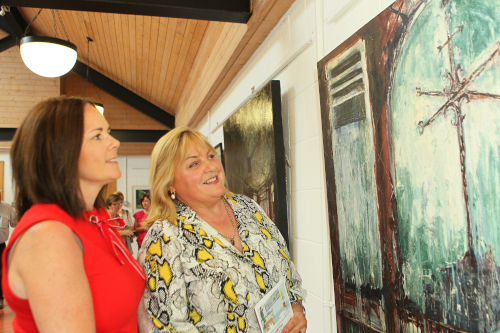
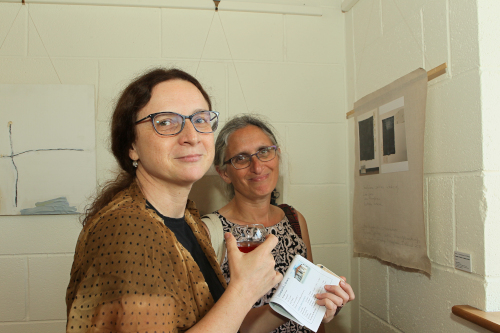
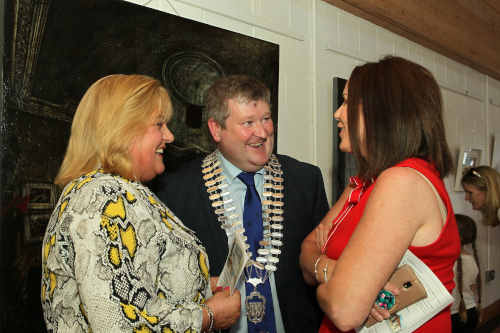
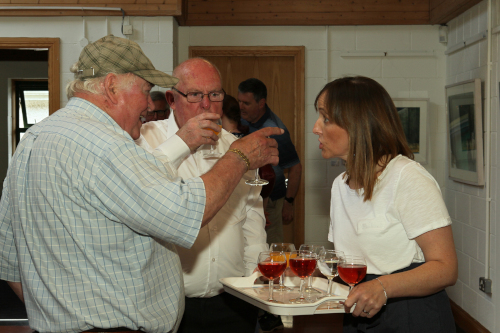

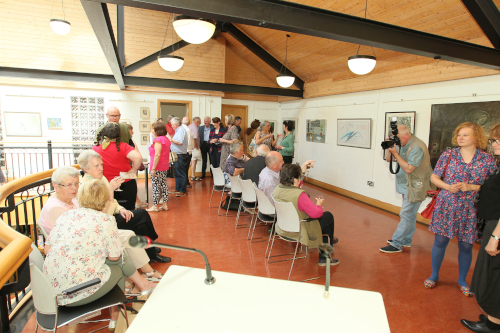
.JPG)
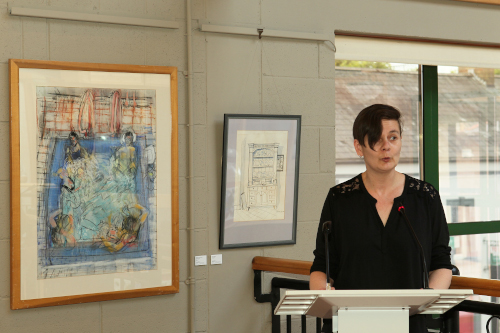
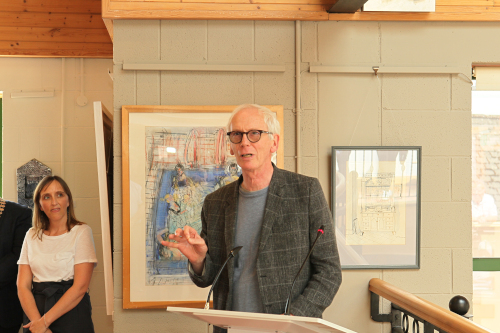
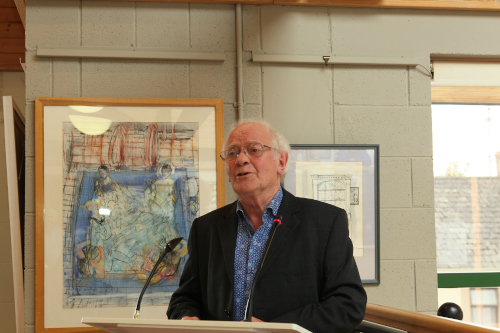
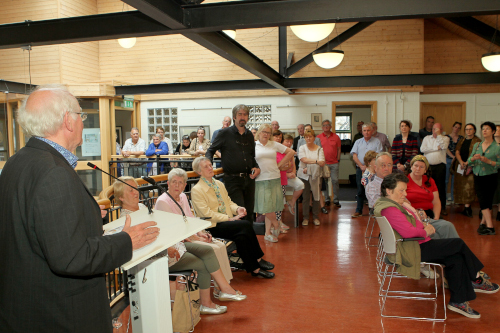
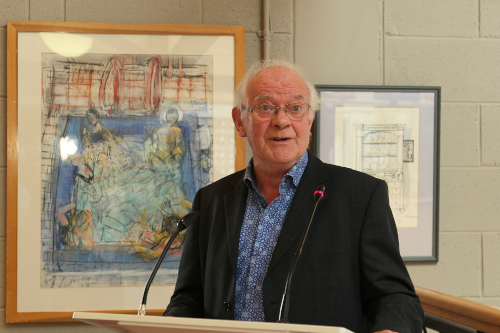
.JPG)
